-
Get to know many Spanish plants by making a roadtrip through Spain

September is coming to an end and with it, our holidays and our travel plans. It's time to say hello to the routine, prepare our office again with the best plants and the best atmosphere (if you don't know how to do it, here we tell you the best way to fill your workspace with good energy). But what if we embark on the last roadtrip of the season? It could be a way to make the post-holiday blues a lot more bearable.
For this trip we're only going to need 5 minutes of reading, and a little bit of imagination. Because we are about to travel around Spain through its plants. Are you ready?
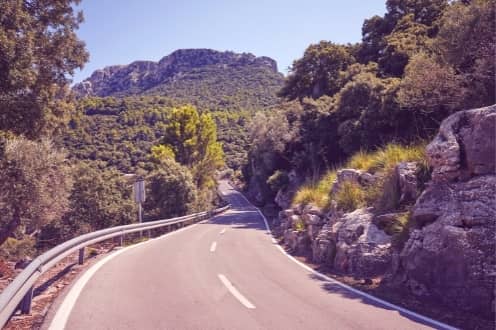
asturias & cantabria
We begin our journey on the greenish north coast, bathed by the Cantabrian Sea, a very humid area, generally cold and accustomed to rain. As the northerners say, it is precisely these rains that leave the characteristic green colour of its lush forests. Among the varied flora we highlight the hydrangeas (Hydrangea macrophylla), which fill the paths and gardens.
Hydrangeas are deciduous shrubs that can reach up to one and a half metres. Their large leaves are characteristic, of a very intense green colour and of course their majestic flowers, which grow in large corymbs in the shape of a globe.
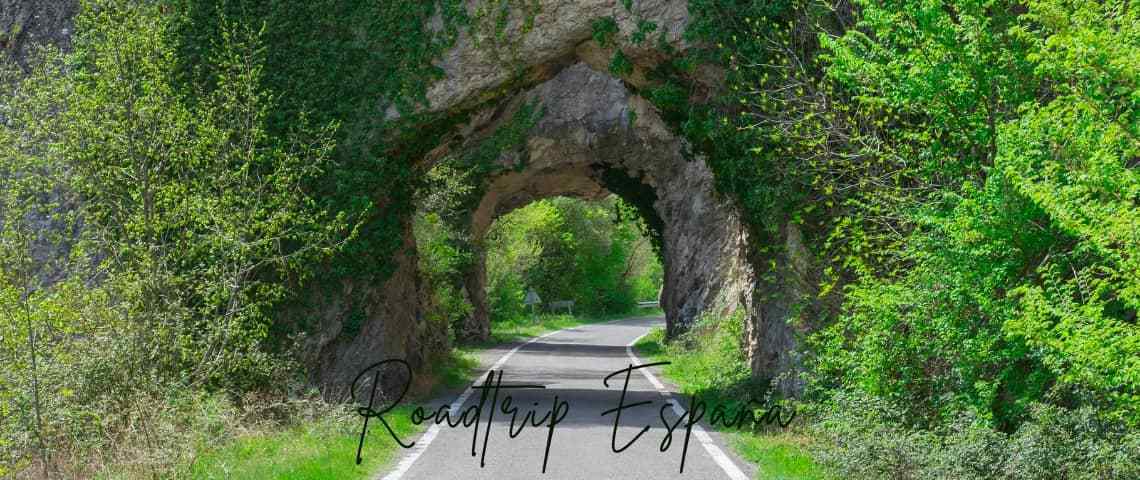
galicia
Although Hydrangeas also feature in many of the photos taken on trips to Galicia, the jewel in the Galician crown is the camellia, which arrived in these lands 200 years ago to stay, as the climate and the acidic soil make this shrub very happy: the colder it gets, the happier the camellia is, not in vain is it known as the queen of winter!
And although it is one of our favourites for indoors, in favourable climates with humidity, it is also an excellent choice for our garden or terrace. The alocasia is an all-rounder of a plant.
basque coutry
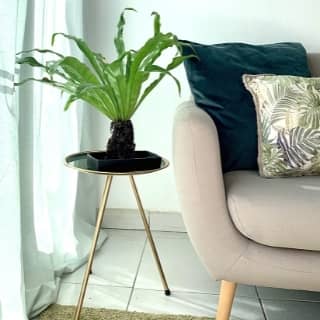
We continue our journey north to the Basque Country, Euskadi. If there is one thing that abounds in the north, it is lush forests and undergrowth with beautiful routes and paths to follow. We don't have to make much of an effort to find an immense number of ferns on the edge of any of these paths. Ferns are seedless perennial plants with large leaves that resemble huge feathers. They have also become one of the most popular houseplants; they are easy to care for and their distinctive leaves are very decorative. Extra tip! The fern is excellent for bedrooms as it helps to eliminate toxins in the air.
castilla y león
We have reached the Spanish plateau and with it the big changes in temperature and the big frosts. That is why the most abundant plants are usually very resistant to these extreme temperature peaks. This is the case of the pansy, the king of the plateau, which can be found as a decorative element on paths, in gardens and in countless roundabouts. Why is this the case? Easy, it withstands temperatures of up to 10 degrees below zero without any problems and it has a lot of flowers.
madrid
Oh, the capital! We got off at the Sol metro stop to contemplate one of the city's emblems: the bear and the strawberry tree. Indeed, neither of these two elements is a coincidence; legend has it that before Madrid was the great city we know today, it was an area of forests inhabited by bears. In these forests there was an abundance of strawberry bushes, which can still be found in many of Madrid's gardens.
catalonia
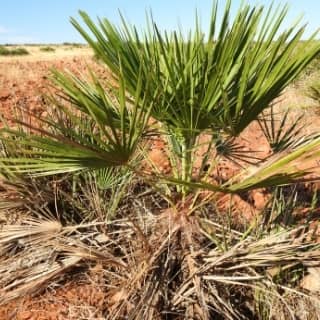
We now move on to Catalonia, where there is no doubt that the most popular flower is the rose, the icon of one of its most important days: Sant Jordi. All you have to do is stroll through the streets of Barcelona and look at its terraces and the decorations on its façades. But this autonomous community is full of surprises and beautiful fields of flora that are worth discovering; this is the case of the peach groves in Aitona (Lleida), the almond groves in Las Garrías (Lleida) or the lavender groves in Barcelona.
the levante
We come to the Spanish Levante to discover the only palm tree native to the Iberian Peninsula: the fan palm. The fan palm is a shrubby palm tree and can reach up to 4 metres in height. It is protected in the Valencian Community and in Mas de Calaf (Castellón) there is a protected monumental fan palm, and you can even have your own little piece of Levante at home and bring the spirit of a tropical palm tree into your home!
balearic islands
Es hora de tomar el ferry. La flor nacional de España por excelencia es el clavel, una flor que crece en el sur de Europa y en las regiones más mediterráneas. Por eso es concretamente la flor de las Islas Baleares, donde podemos encontrar claveles tanto en jardines como en los patios y terrazas de las casas. Es una planta perenne con unas llamativas flores, que crecen en primavera y verano, de unos 4cm que pueden tener diferentes colores: rojo, blanco, rosa, amarillo, granate e incluso bicolores.
andalusia
We move on to Andalusia, where the wonderful climate means that the native flora is incredibly varied. Among an extensive catalogue, the beautiful bougainvillea stands out, a climbing plant that flowers easily in warm climates without frost, practically all year round. And we cannot forget the typical Andalusian olive and orange trees.
canary islands
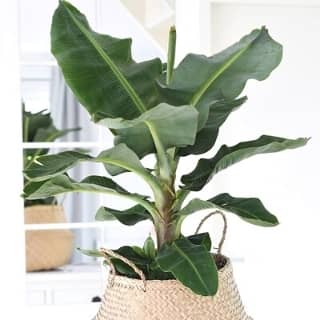
The climate of the Canary Islands has little or nothing to do with that of the rest of the peninsula, and that is precisely why its star plant is totally different from any other we have seen in this article. The Canary Island cactus (euphorbia) is a shrub endemic to the Canary Archipelago, and there are up to 40 species of it on the islands (except in Lanzarote, where it has disappeared).
It is a tall and very robust shrub, which can grow to over 4 m in height. Inside the plants, a micro habitat is created in which various animal and plant species are associated. Its square or pentagonal stems with several faces (4, 5 or 6) form a candelabra shape. They are equipped with short thorns.
We stayed a little longer in the archipelago. The dwarf cavendish or Canary Island banana tree is also very popular. It can be found outdoors, where it can reach large sizes, but it is also suitable for growing indoors as long as we use a suitable pot (up to 60 cm in diameter) and it is located in a place where it is in the sun for most of the day.
back home!
This is the end of our express journey through Spain's incredible flora. It is clear that there is no single way to travel and move our heads to other places. Maybe having some of these plants in your home will help you to get back to your routine without giving up flying from time to time. Take a look at the flower collection of florespana.es! And let's plan our next roadtrip. Do you already have a destination in mind?
No comments found.